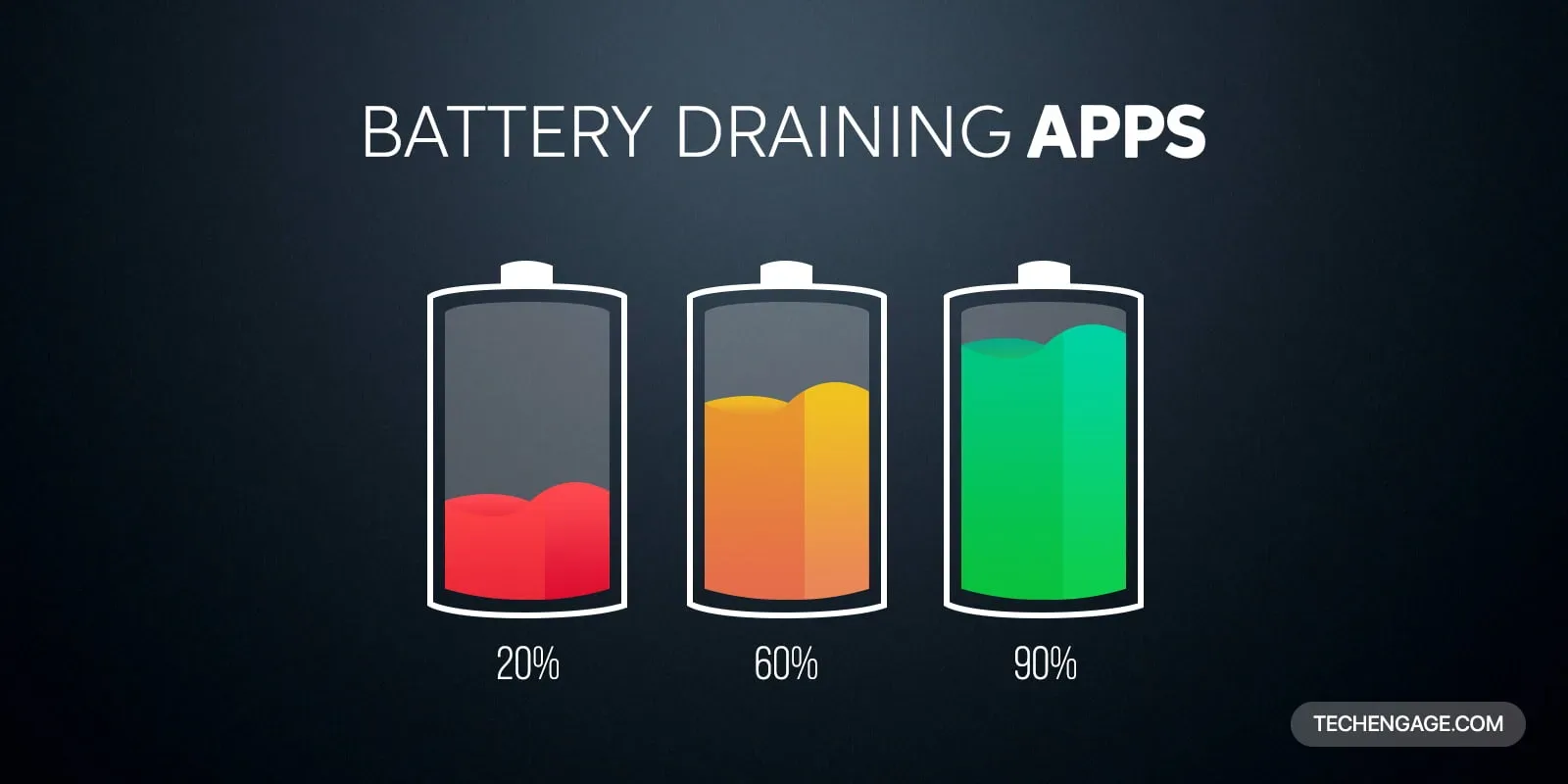Experts expect next-generation sequencing (NGS) technology to register a CAGR of 19.5% during the time between 2019 and 2023. Currently, North America is a leader in the NGS tech market due to the continually increasing demand for high-speed and high-accuracy methods for diagnosis, treatment, and genomics research.
NGS is a combination of several time-tested high-throughput, high-speed and high-resolution methods. It has made genomes and RNA analysis of complex eukaryotes entirely possible within a couple of hours. It is possible for researchers to study the effects of mutations (IN/DEL, and SNPs) without acquiring extensive knowledge about the nature of the mutation. Therefore, it is no surprise that the market share of NGS technologies is growing at a tremendous rate in 2019.
Also read: The multiple applications of biotechnology companies
Back in 2018, the global market size of NGS was around $4,533 million. By 2026, the global market of NGS is expected to reach a whopping $18,565 million. By 2026, North America is expected to be the market leader in NGS owing to personalized medicine, biomarker and cancer, diagnostics, reproductive health, and agriculture, and animal research.
Here are four factors that drive the rise in demand of NGS technologies in 2019
1. Technological advancements in NGS
Apart from the rapidly decreasing cost of sequencing, the presence of supportive and complementary technology contributes to the increasing demand for NGS. The progress of NGS technologies facilitates the implementation of chromosome screening technologies, and the use of Short Tandem Repeats (STRs) as forensic markers.
The advent of technologies like the HiSeq X Ten, by Illumina, has made the sequencing of more than 1 terabases per run possible using a set of ten HiSeq X Ten machines. The explosion of NGS applications owing to the advancements in NGS technology. Currently, several service types, applications, end-users, and geography influence the popularity of specific NGS technologies.
2. A surge in applications of NGS
Companies and platforms like Illumina/Solexa, 454/Roche, Helicos, and ABI/SOLiD have introduced new technologies and machines in the market that make high-throughput, and high-accuracy screening of RNA and DNA samples faster and easier. As a result, the applications of RNA analysis technologies have expanded over the last few years.
Several research and healthcare centers leverage NGS for their ability to detect cancer, neuropathology, hematological diseases, psychiatric disorders, dysmorphologies, vision problems, hearing impairments, and cardio-pulmonary disorders.
Centers for Medicare and Medicaid Services (CMS) has extended its health plan coverage for registered patients for NGS testing. In 2019, DNA and RNA analysis of patient samples will provide them with a chance of early diagnosis and better prognosis.
3. Growth in partnerships and collaborations
The increasing popularity of collaborative projects like the Cancer Genome Atlas (TCGA) also contributes to the rising demand for NGS techs. The TCGA is a collaboration between the National Human Genome Research Institute and the National Cancer Institute. Their most recently published study includes the Pan-Cancer Atlas – a multi-dimensional map of mutations/aberrations of the genome and epigenome of thirty-three cancer types as studied from the samples collected from over 11,000 patients.
National Health Services completed the sequencing of 100,000 whole genomes in the U.K. in December 2018. It proved to be a turning point in the history of genomics. The NHS set up 13 NGS Genomic Medicine Centers (GMCs) in support of the project. The results of these sequencing runs continue to be returned to participating patients. This project is one of the many that utilize DNA and RNA Seq data analysis technologies for the differential diagnosis of diseases and the development of personalized treatment plans.
4. An increase in genome mapping programs
Along with the Pan-Cancer Atlas, several other genome maps have progressed or seen successful completion between 2018 and 2019. For example, Plan France Médecine Génomique 2025 was announced in December 2018. The spokesperson specified that the genome mapping project based in France would use standardized Illumina NovaSeq instruments.
As of 2019, the Plan France Médecine Génomique 2025 is in its initial stages. By 2021, the project is expected to generate around 18,000 maps from collected patient samples. The data will be stored in the central database that will eventually serve as a public resource for private collaborations and researchers.
A new publication from the John Hopkins University shows that the human reference genome sequences may not be enough following a thorough analysis of the African Pan-genome. The results of this analysis trigger the need for a more in-depth DNA sequencing of a larger number of samples.
The absence of standardization of NGS-based diagnostics, the lack of enough training facilities and trained professionals, and numerous ethical/legal limitations can impede the growth of the NGS market share until 2026. However, new opportunities and demands for DNA and RNA Seq data analysis are enough to more than makeup for the hurdles the growth might be facing this year and the years to follow.
The shortage of standardization of techniques and the flurry of ethical questions might find some resolution with the release of NGS-based test guidelines by the FDA (U.S. Food and Drugs Association). In the light of advancing NGS technologies, better options to integrate NGS into genomic screening and patient treatment, the FDA has formally released a set of approved guidelines for the planning, development, and validation of all tests that leverage NGS technologies.
NGS has already brought forth an onslaught of changes in 2019. The introduction of new options for differential diagnosis and treatment, the introduction of new tech, increased collaborations, and an increase in demand for mapping programs are the four reasons NGS has a steadily rising market demand.



